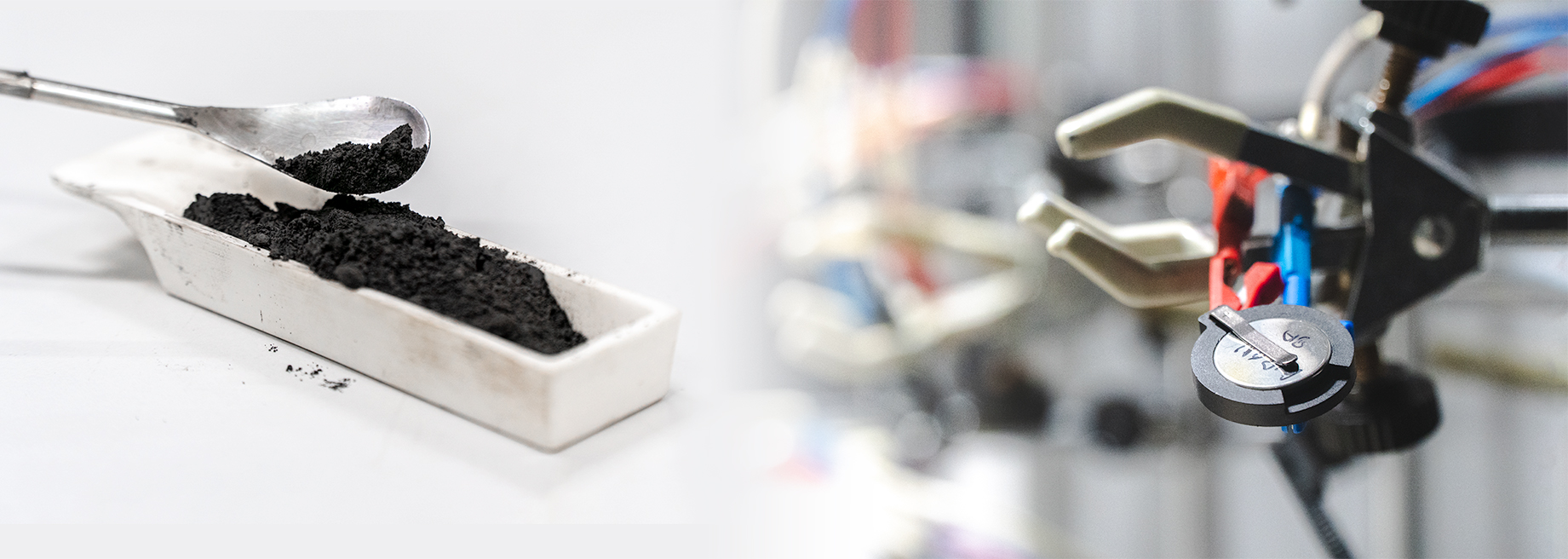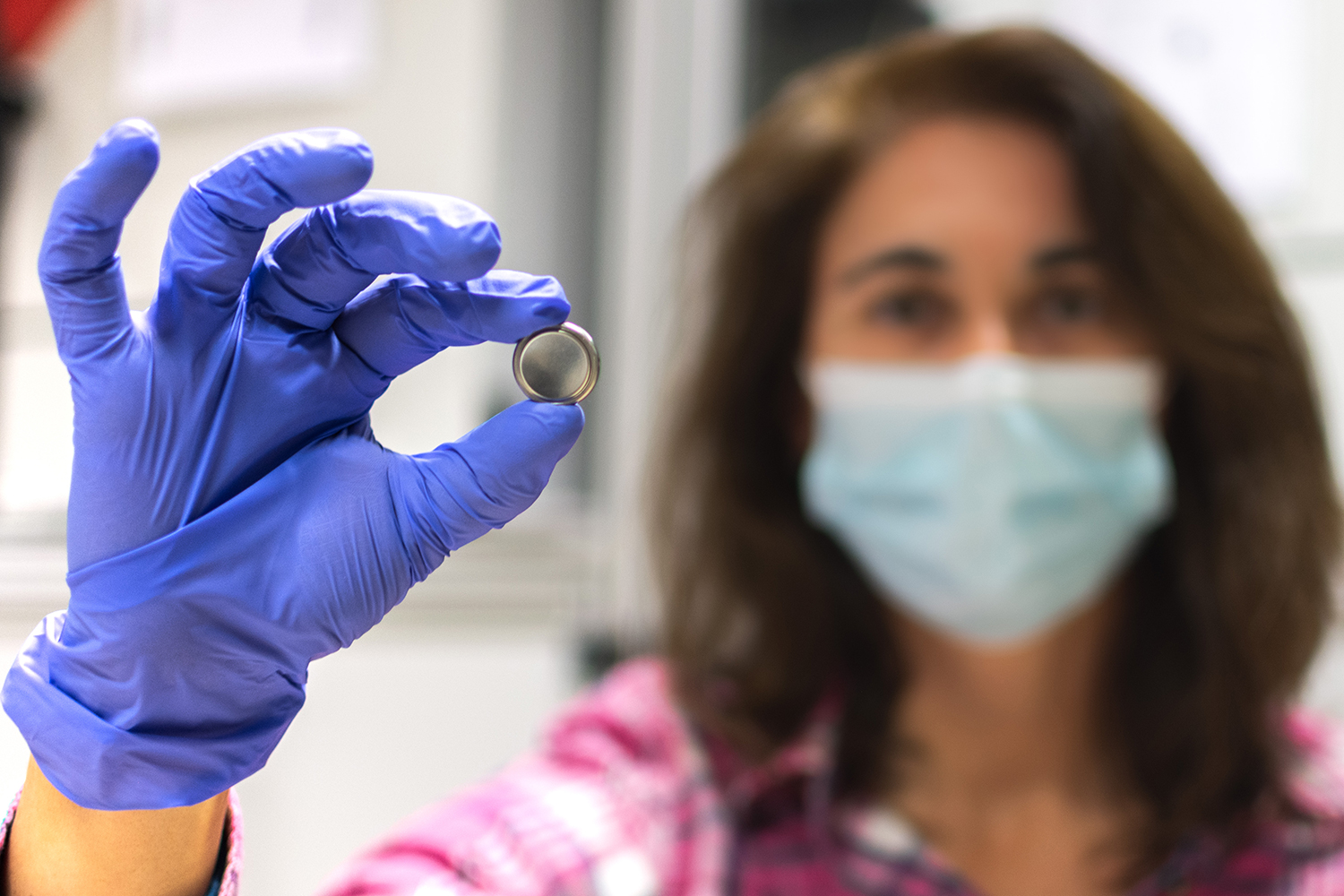CIC energiGUNE, the Basque research center of reference in battery storage, thermal energy solutions, and hydrogen technologies, and member of the Basque Research & Technology Alliance-BRTA, has started the work for the development of a sodium-ion battery prototype that allows to develop this technology as an alternative to the current model based on lithium. The research is framed within the TOPSIDES project, coordinated by CIC energiGUNE and in which POLYMAT from the UPV/EHU and the company CROMOGENIA-UNITS also participate, and that has been included in the last call for grants from the R&D Program “Society’s Challenges” of the State Agency of Innovation, funded by the European Union - NextGenerationEU.
“The technology of sodium ions is one of the most promising ones and the one that offers the most advantages to lead the next generation of energy storage systems”, has assured doctor Montserrat Galceran Mestres, the person responsible for this line of research of Na-ion at CIC energiGUNE. “Since it exhibits a chemistry similar to lithium, sodium batteries are an excellent alternative for stationary storage, due to the abundance, sustainability and lower cost of the raw materials, specially if we take into account the limitation of lithium resources and the fact that it is a technology focused on the development of the electric car”.
TOPSIDES will address the main challenges that have prevented until now the integral development of this technology, such as the design of cells, cathodes and anodes of high performance and advanced electrolytes. In this sense, the project will focus on the use of electrodes with a high energy storage capacity and electrolytes based on poly(ionic liquid)s and redox polymers that will contribute advantages in terms of density of energy and security in the cells of sodium batteries.
In particular, the advances in materials will include the development of high-voltage cathodes based on sodium phosphates, new electrolytes based on ionic liquids and polymers, advances metallic sodium anodes, and “green” alternative anodes obtained through residual PET plastics. For the development of these new materials it will be bore in mind the use of abundant and low-cost precursors, the substitution of critical raw materials and the use of recyclable materials with a low environmental impact.
The final objective of TOPSIDES is to develop a sodium-metal solid-state battery, with a button cell configuration, which allows its evaluation in terms of electrochemical performance, research of the aging process and the analysis of its technological viability.
“This projects contributes to the key European strategies, such as BATTERY 2030+ and the Green Deal of the EU and acts as a launching platform for the future development of the energy storage of Europe”, has reminded Galcerán. “The success of TOPSIDES will generate a significant impact on society through the development of technologies of alternative batteries to the lithium-ion ones and the use of environmentally-friendly materials, as well as through the transference of the results to the industry in a field as key as energy storage”.
At present, CIC energiGUNE has positioned itself as one of the most renowned international reference centers in the field of sodium-ion batteries. This technology can be key in the race for substituting or complementing the lithium-ion battery with other materials that are more sustainable and abundant, specially after the fact that the Chinese manufacturer CALT has announced its entrance to the sodium-ion battery market by 2023.
Note: This publication is part of the project PLEC2021-007929 - High Performance Metal Solid State Batteries (TOPSIDES), funded by MCIN/AEI/10.13039/501100011033 and by the European Union NextGenerationEU/PRTR.





